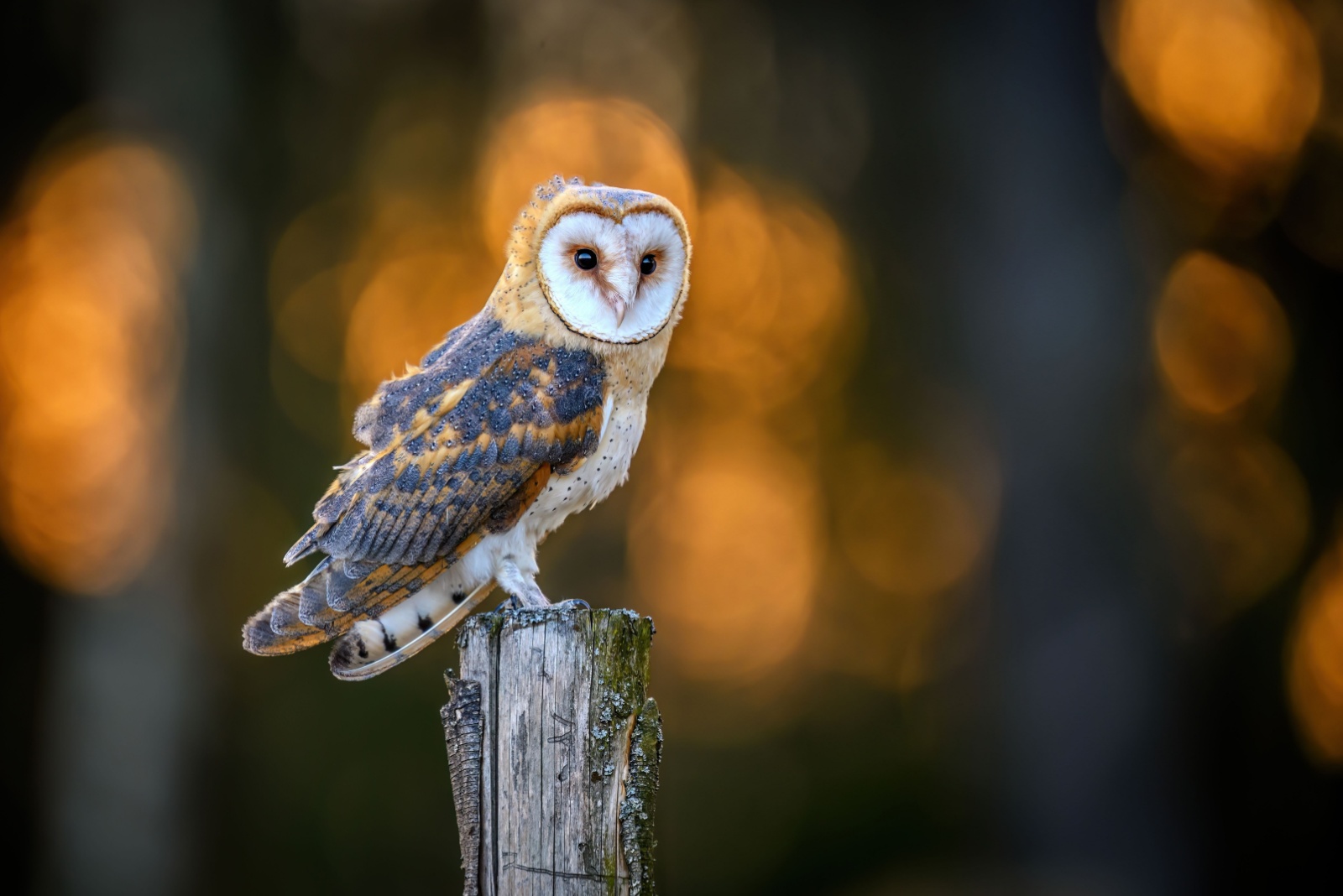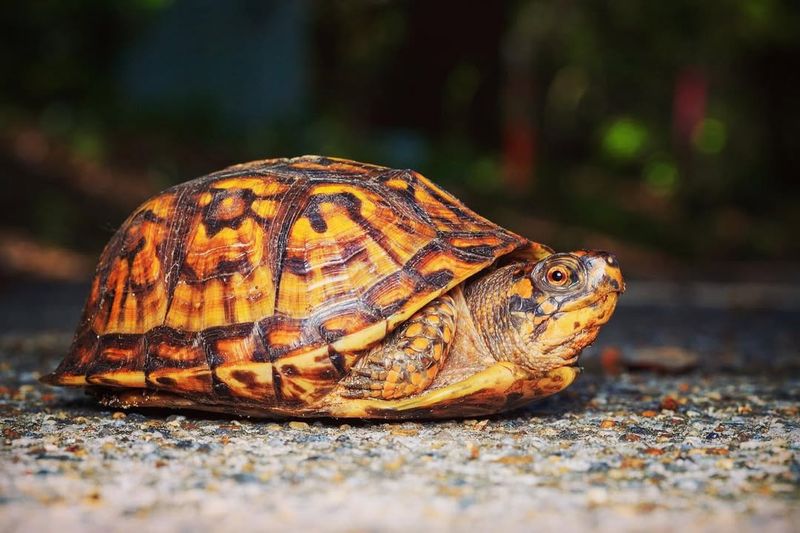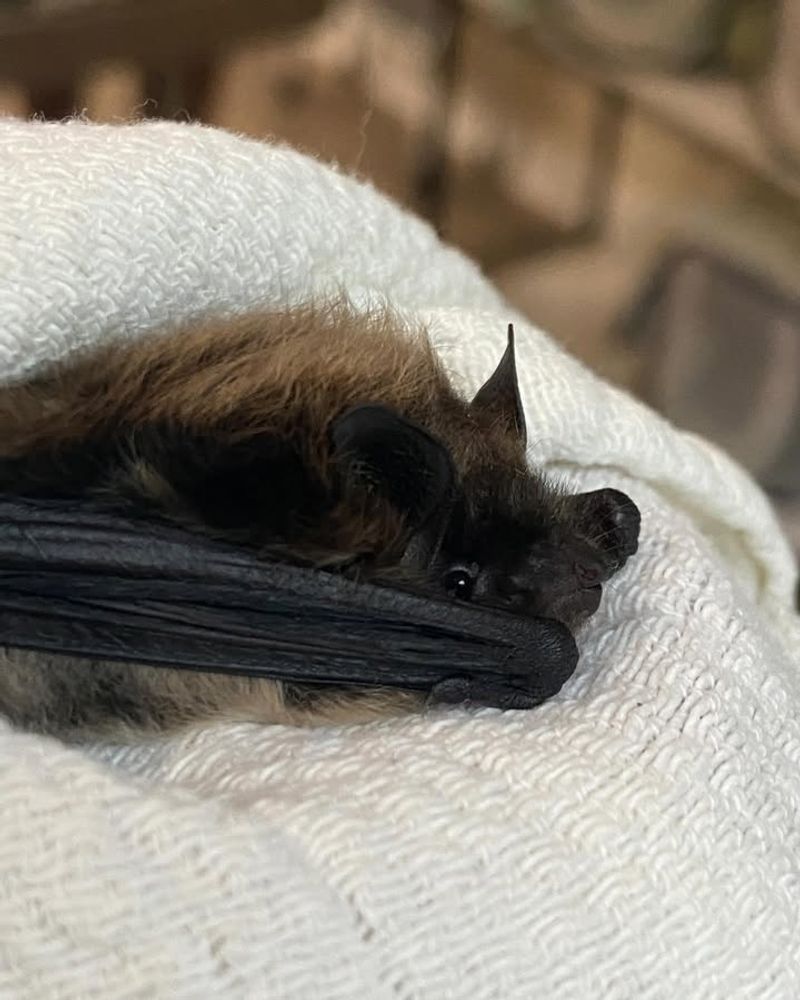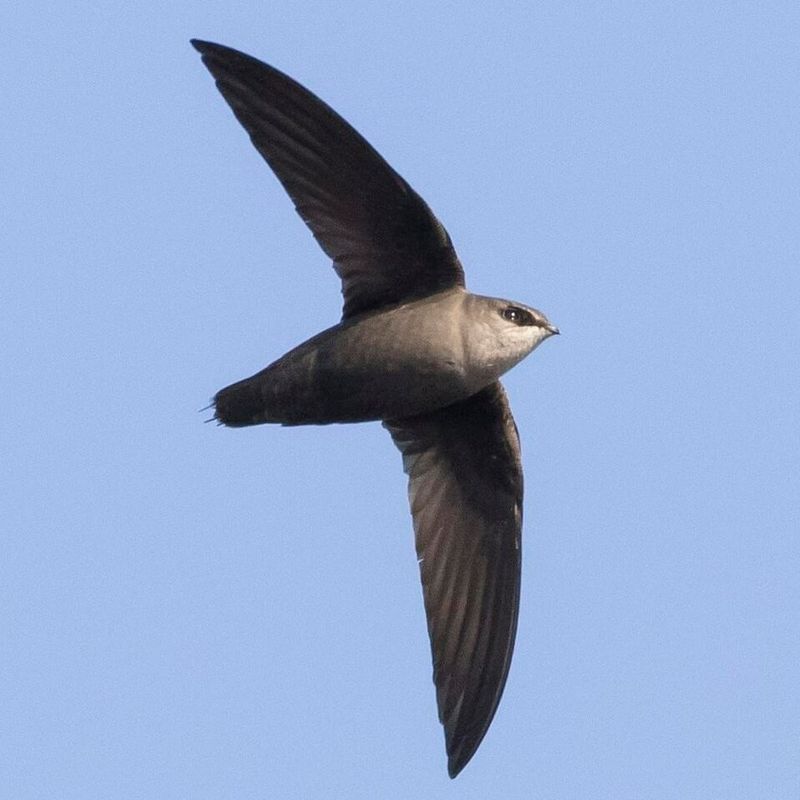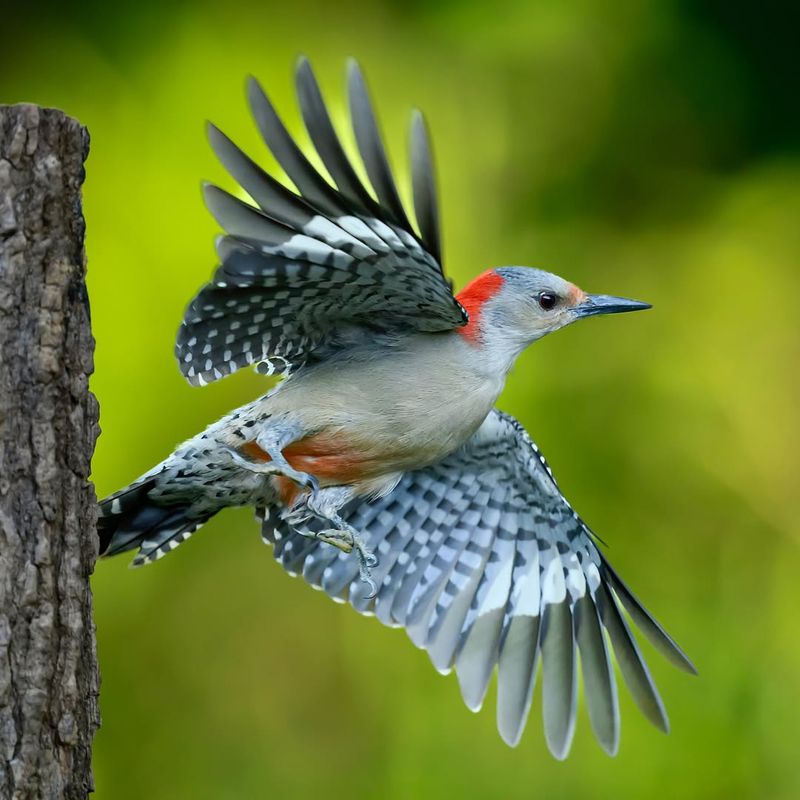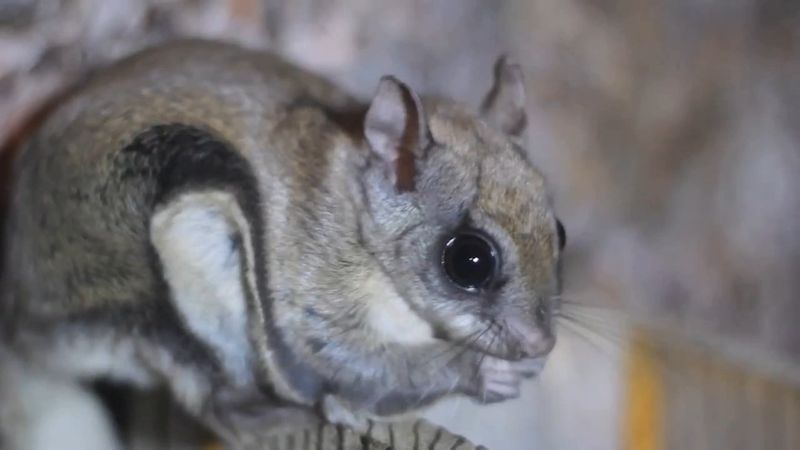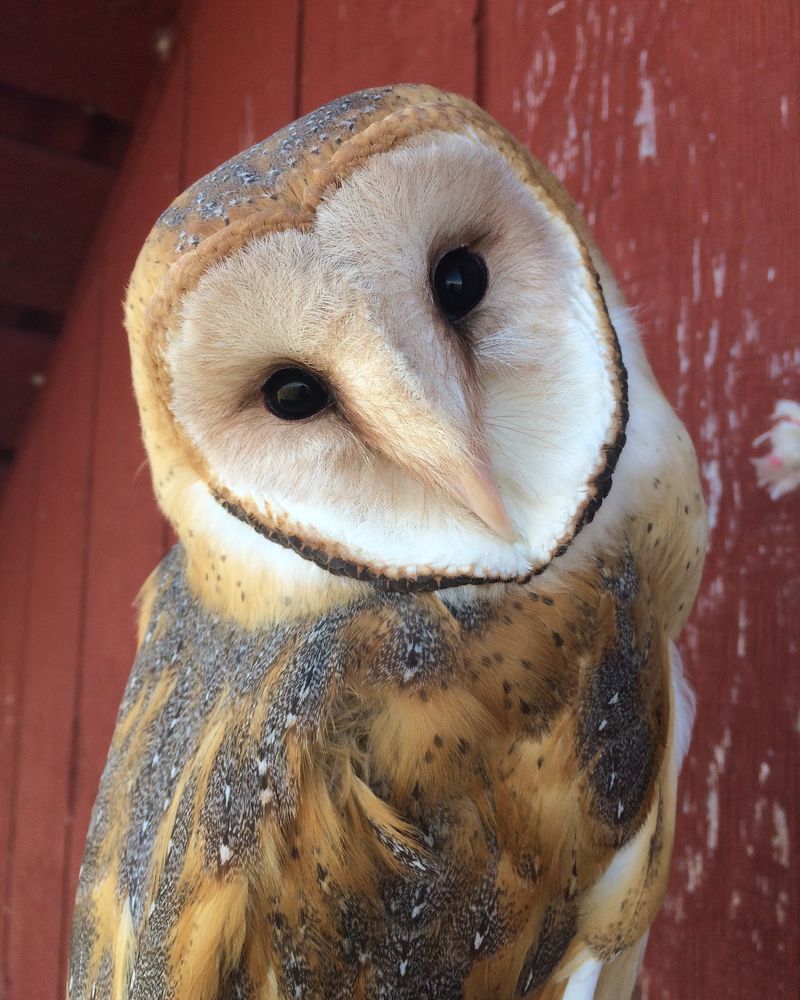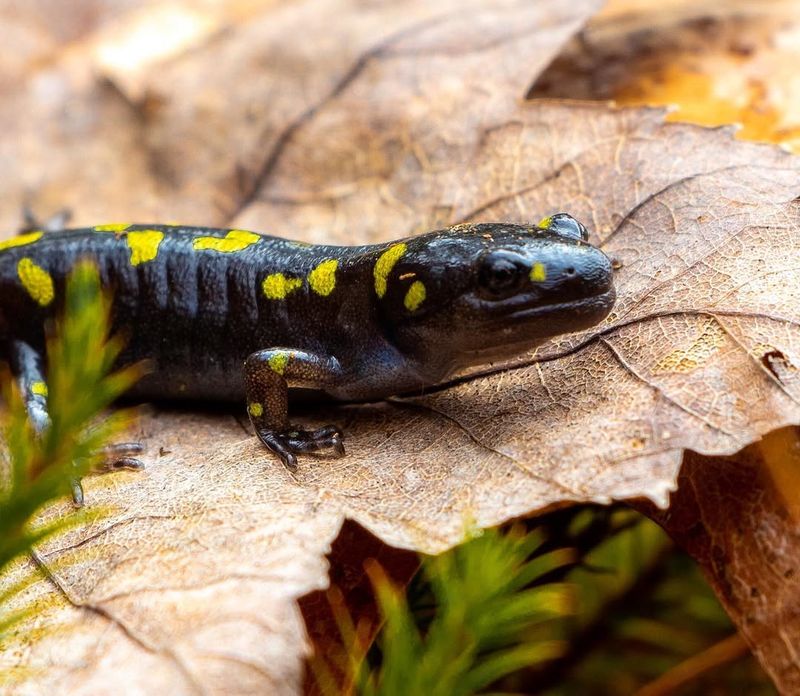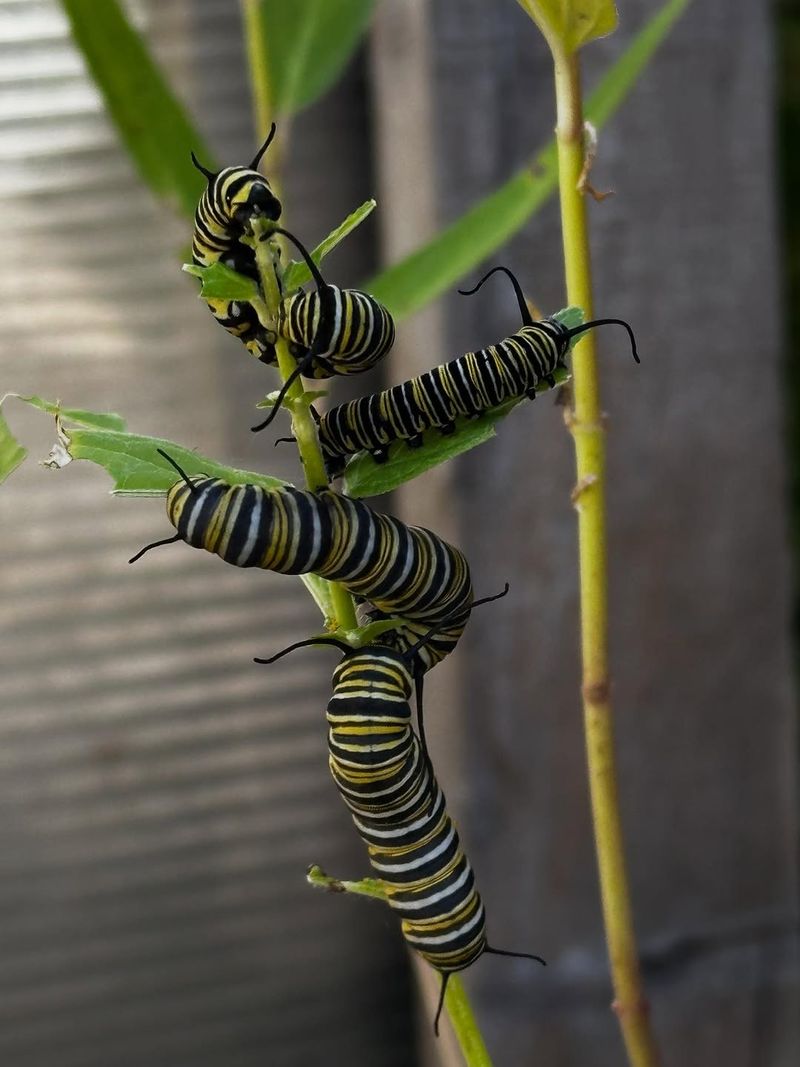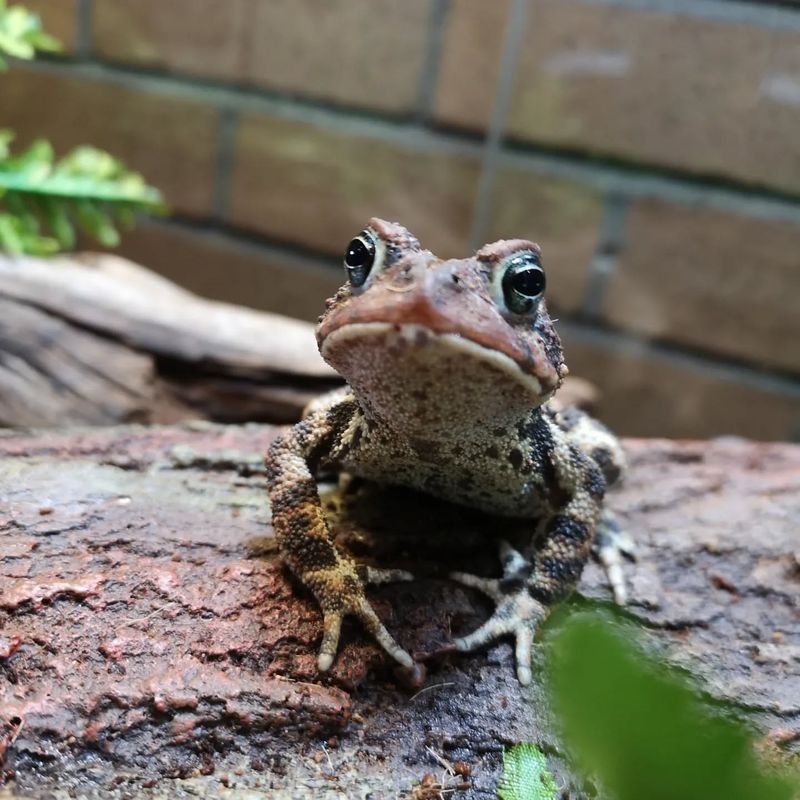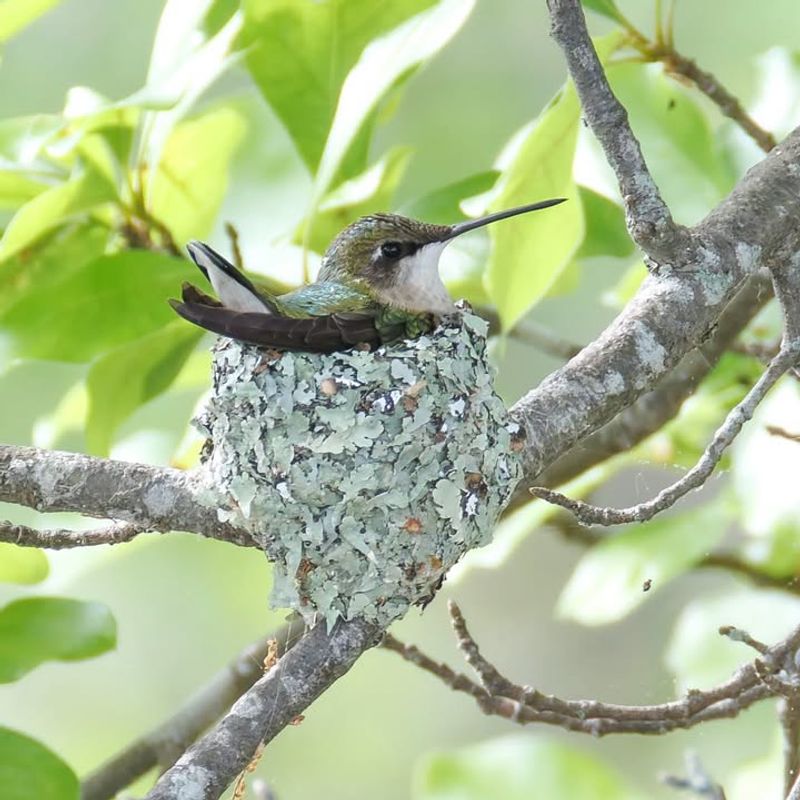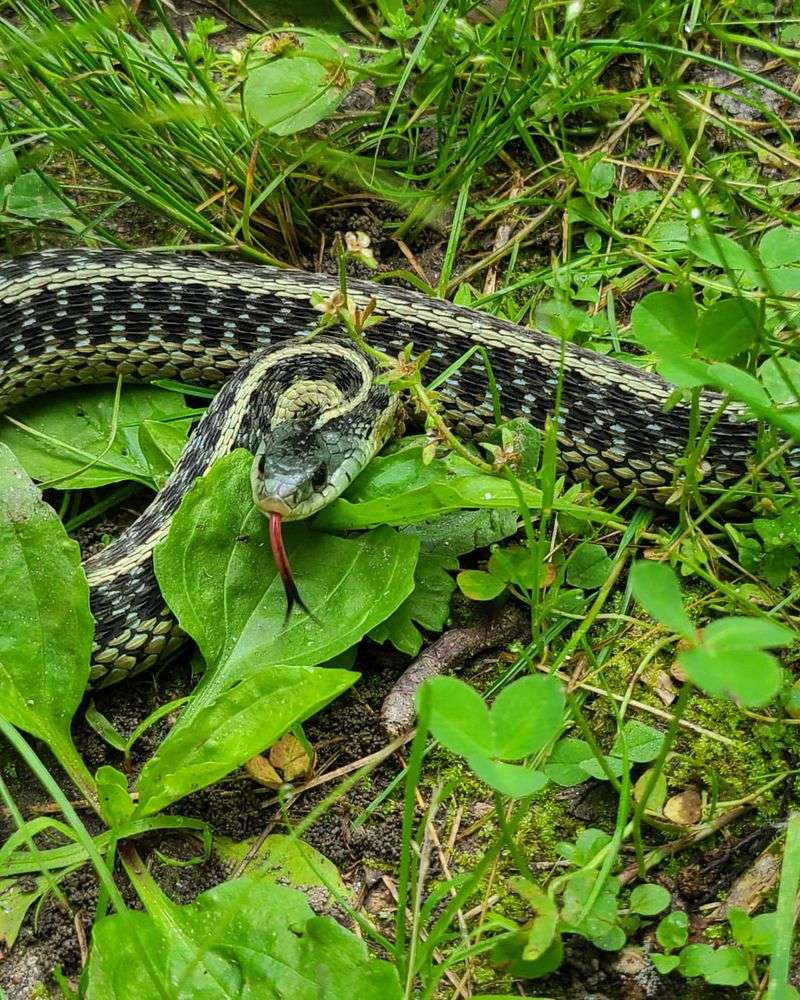Delaware law protects certain wildlife species, meaning you cannot simply remove them from your property even if they show up uninvited. Understanding which creatures are off-limits helps you stay on the right side of the law while respecting nature.
Whether they nest in your garden or take shelter in your home, knowing your legal responsibilities makes all the difference.
1. Eastern Box Turtle
Spotting an Eastern Box Turtle wandering through your yard might seem like a fun surprise, but Delaware law strictly protects these slow-moving reptiles. Their populations have declined dramatically over the years due to habitat loss and road accidents.
If one appears on your property, simply let it be or carefully move it to a safer spot nearby in the same direction it was heading. Never take it inside or relocate it far from where you found it, as turtles have strong homing instincts and territorial ranges.
2. Little Brown Bat
Bats living in your attic might sound alarming, but Little Brown Bats are protected by state and federal regulations due to their critical role in controlling insect populations. A single bat can devour thousands of mosquitoes each night, making them natural pest controllers.
Because of white-nose syndrome threatening bat populations, removing them yourself is illegal. Contact a licensed wildlife professional who can perform humane exclusions only during specific times of year when young bats are not present.
3. Chimney Swift
During spring and summer, Chimney Swifts often build their stick nests inside residential chimneys, creating quite a racket with their chirping. Protected under the Migratory Bird Treaty Act, these aerial acrobats cannot be disturbed while nesting.
Wait until fall when they migrate south to Central America before cleaning your chimney or installing a cap. Their presence is temporary, and they provide excellent mosquito control throughout their stay, eating thousands of flying insects daily while raising their young.
4. Red-Bellied Woodpecker
The distinctive drumming sound against your siding might announce a Red-Bellied Woodpecker marking its territory or searching for insects. All native woodpeckers enjoy federal protection, making removal or harassment illegal without proper permits.
Rather than viewing them as pests, consider that woodpeckers signal underlying insect problems in your wood that need addressing. Install alternative drumming surfaces like metal flashing or provide suet feeders to redirect their attention away from your home while staying within legal boundaries.
5. Northern Flying Squirrel
Finding a Northern Flying Squirrel in your attic feels like discovering a tiny secret neighbor. These nocturnal gliders are protected in Delaware due to their declining habitat and specialized ecological needs. Unlike their common gray cousins, flying squirrels require careful handling by licensed professionals.
Their presence often indicates mature forest nearby, which they need for feeding on fungi, nuts, and lichens. Professional exclusion services can humanely encourage them to relocate without breaking state wildlife laws or harming these charming creatures.
6. Barn Owl
With its ghostly white face and silent flight, a Barn Owl nesting in your outbuilding is actually a blessing for farmers and homeowners alike. Protected under federal law, these efficient hunters consume enormous quantities of rodents that would otherwise damage property and crops.
One family of Barn Owls can eliminate thousands of mice and rats annually. Instead of removal, consider yourself fortunate to host these natural pest controllers and enjoy watching them work their nocturnal magic around your property.
7. Spotted Salamander
After heavy spring rains, Spotted Salamanders emerge from underground burrows to breed in vernal pools, sometimes crossing yards and gardens. Delaware protects these amphibians as indicators of environmental health and ecosystem balance.
Their distinctive yellow spots make them easy to identify. If you find one, avoid touching it since their skin absorbs chemicals easily. Simply observe from a distance or gently guide it toward moist, shaded areas. Building a small wildlife pond actually benefits your garden by attracting these helpful slug-eaters.
8. Monarch Butterfly (Caterpillar And Chrysalis)
Monarch caterpillars munching on your milkweed plants are doing exactly what nature intended. Both the caterpillar and chrysalis stages receive protection in many jurisdictions due to the species’ dramatic population decline.
Rather than removing milkweed, embrace your role as a Monarch waystation along their incredible migration route. Planting native milkweed species actually increases your property value and supports pollinator populations. Watch the transformation from caterpillar to butterfly as free entertainment and education right in your backyard.
9. American Toad
Garden toads might not win beauty contests, but American Toads are protected amphibians that serve as natural pest control agents. A single toad consumes thousands of insects, slugs, and other garden pests throughout the growing season.
Creating toad-friendly habitats with shallow water dishes, leaf litter, and shady hiding spots encourages them to stick around. Never use pesticides if toads inhabit your garden, as their permeable skin absorbs toxins easily. Welcome them as unpaid garden helpers rather than unwanted guests.
10. Ruby-Throated Hummingbird (Nesting)
Discovering a hummingbird nest, barely larger than a walnut, in your garden shrub is a rare privilege. Ruby-Throated Hummingbirds and their nests are federally protected under the Migratory Bird Treaty Act. Disturbing active nests results in serious legal consequences.
These tiny architects use spider silk to bind their nests, allowing them to expand as babies grow. Maintain a respectful distance, avoid pruning nearby branches, and enjoy observing from afar. The nesting period lasts only a few weeks before fledglings depart naturally.
11. Eastern Garter Snake
Many homeowners panic upon seeing snakes, but Eastern Garter Snakes are harmless, beneficial reptiles protected under Delaware wildlife regulations. They feast on slugs, insects, and small rodents that damage gardens and spread disease.
Completely non-venomous and typically shy, they prefer retreating over confrontation. If one takes up residence near your foundation or in your garden bed, consider it free pest control. Creating brush piles and rock walls gives them hunting grounds while keeping them away from high-traffic areas around your home.

